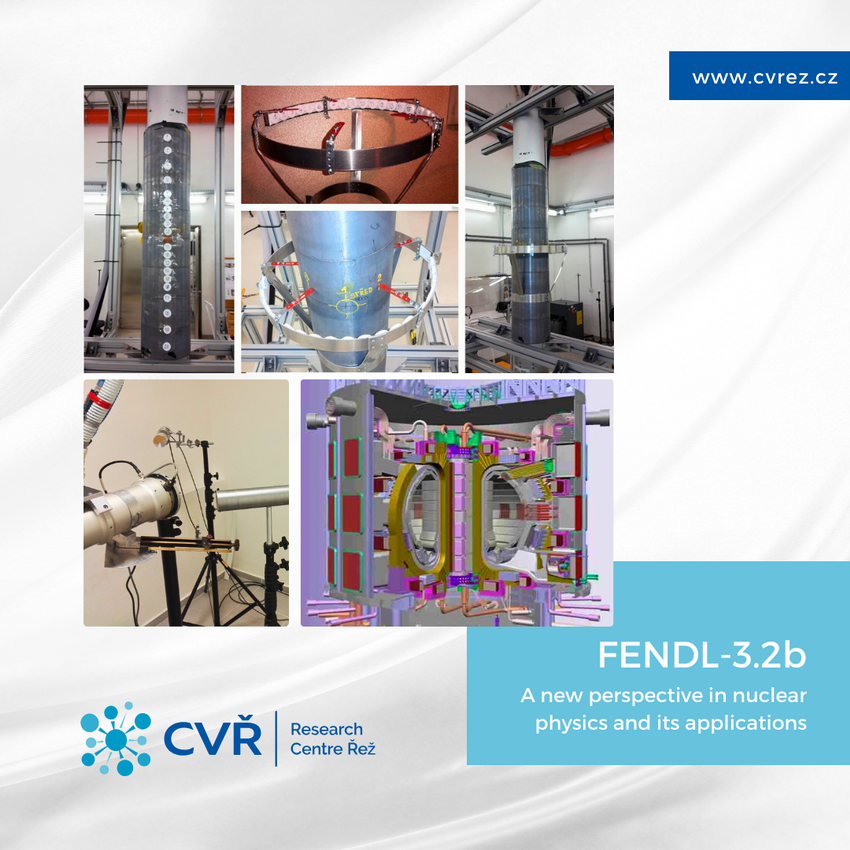Our company has played a key role in the creation of this new version of the FENDL-3.2b library. Our colleagues actively participated in the process, both through measurements of selected effective cross-sections in world unique benchmark reference neutron field and through extensive experimental validations of the new library.
The cross-section expresses the probability of a particle from an incident beam interacting with a target particle. The energy dependence of the cross-section (or excitation function) of a nuclear reaction of the incident particle is often a highly complex function. However, modern nuclear engineering is built upon this quantity. Its utilization allows for simulations catering to predictions in the realm of fusion technologies, nuclear facility operation, shielding of medical facilities intended for radionuclide production, and ultimately, deep repository planning.
Although, by definition, the cross-section of the respective reaction is the same everywhere, it can significantly differ in libraries compiled in different states. In some cases, this can lead to incorrect calculations. That is precisely why establishing the credibility of the library used is a crucial task for every calculation. The credibility of a library is usually defined based on how accurately it can describe well-defined tasks representing selected experiments in neutron physics.
The Fusion Evaluated Nuclear Data Library (FENDL) is an important library of nuclear cross-sections coordinated by the International Atomic Energy Agency (IAEA). This library, developed over decades, gathers data for fusion applications based on experimentally determined data. One of the latest versions is FENDL-3.2b, which is the result of long-term research and effort.
Our company has played a key role in the creation of this new version of the FENDL-3.2b library. Our colleagues actively participated in the process, both through measurements of selected effective cross-sections in world unique benchmark reference neutron field and through extensive experimental validations of the new library. They utilized unique benchmark experiments, including those using 252Cf(s.f) sources and DT generators, and confirmed the credibility of the new FENDL-3.2b library.
The results showed a significant improvement in the credibility of the new library compared to the previous version, FENDL-2.1, which served as a reference for the ITER fusion reactor. This development was motivated by the need for new assessments of construction materials, such as iron, copper, and tungsten. Another milestone was the publication of an article about the new library in the highly impact and well recognized journal Nuclear Data Sheets.
Through collective efforts, we have managed to push the boundaries of credibility and data accuracy in the field of nuclear research, which has a significant impact on the further development of fusion technologies and other applications of nuclear energy.
